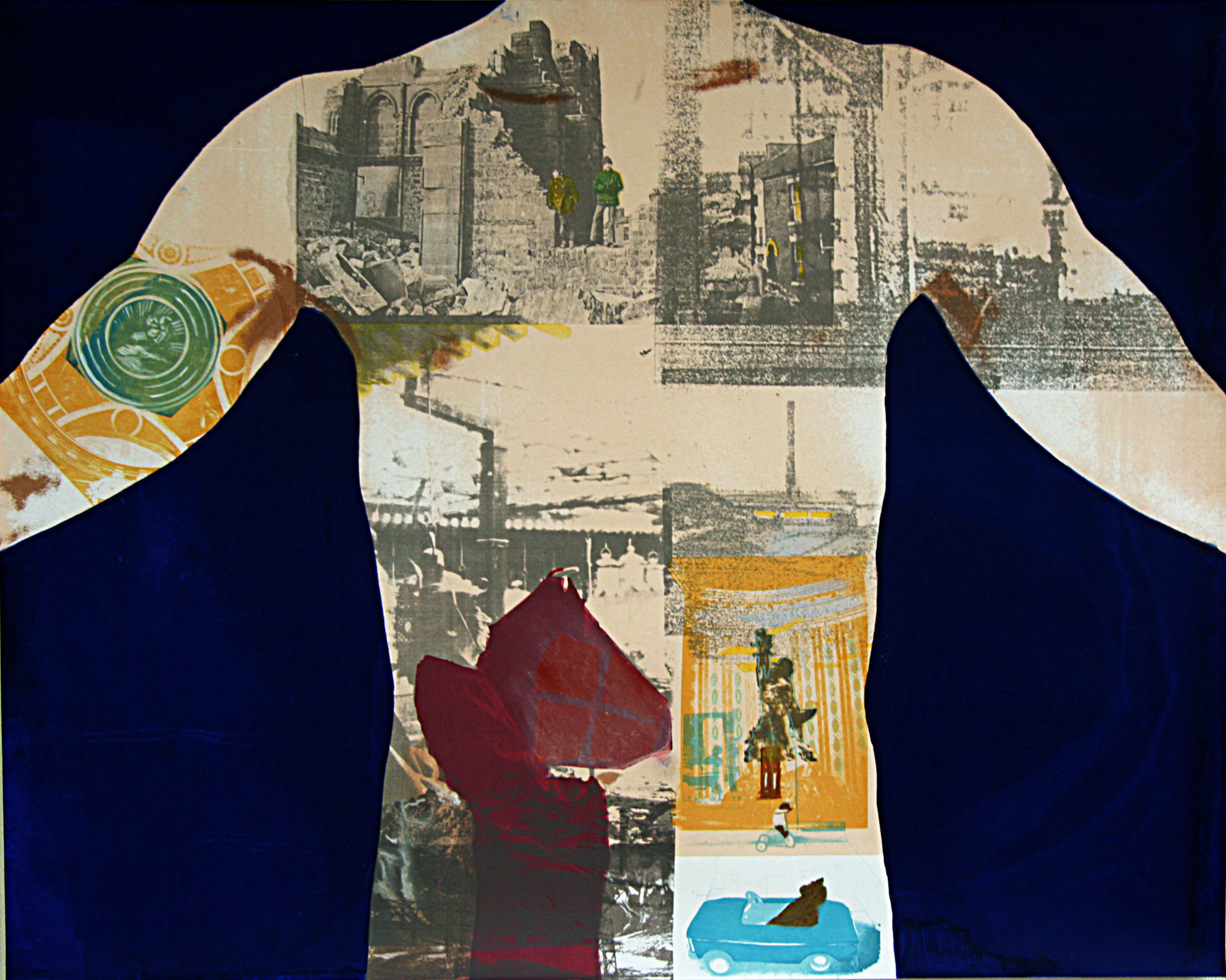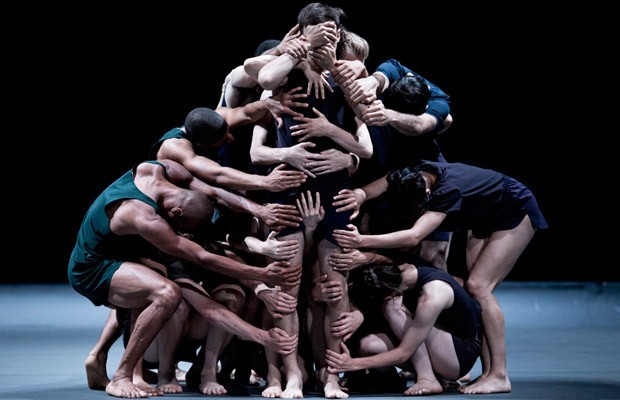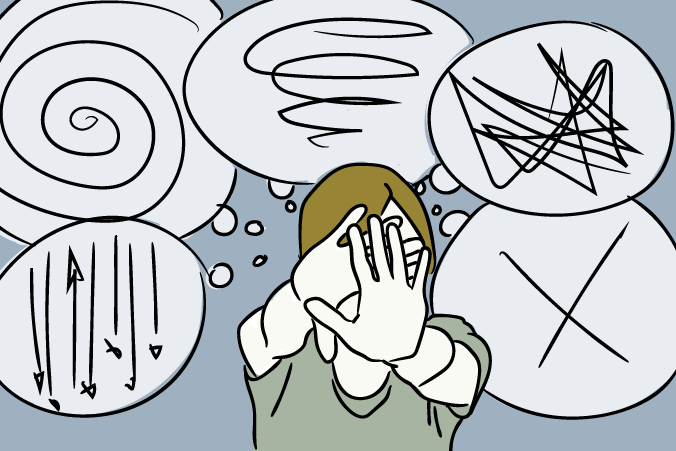Research Notes: Body Keeps the Score Part 5c
This final section of the body keeps the score starts to go into emerging research areas in relation to PTSD such as Theater and Digital Media. Though neither section goes very far in empirical data, these chapters do offer interesting insight into the next modalities that PTSD recovery is headed towards - both of which I find relevant to my work. Theater in terms of embodied performance, and Digital Media in terms of how they can provide mental stimulation in creating new pathways to allow for treatments.

The Electrical Circuits of the brain
REM sleep research contributed to how the brain relates to electrical brain activity and psychiatric problems through the EEG.
Scientists became so focused on the chemical balance of the brain that it started to ignore the electric pulses in the brain.
- First recording of electronic brain activity made by German psychologist Hans Berger.
- Discovered different brainwave patterns matched different mental activities
- Found that children with psychiatric problems had slower than normal waves in the frontal lobe

The Oddball Paradigm
subjects are shown images and asked to detect the thing that does not fit in a series of related images
ex: a trumpet in a group of tables and chairs
- The clear differences in the information processing centers of traumatized individuals
- Brainwaves show that the depth available in the brainwave shows how well someone can take in and analyze new information as it occurs.
- Traumatized people have trouble learning from experience
- Traumatized brains are not focused on what is going on in the present and therefore do not have the same ability to process information.
- Their brainwaves are then more focused on the past and what trauma events occurred, meaning they are much more effective in settings that are similar to their trauma
ie: Soldiers function well in a combat setting where extreme stress presses in but are overwhelmed by PTSD while performing normal everyday tasks back home as a civilian.
- Subjects with trauma had more shallow brain wave patterns
Is there some way to change these dysfunctional brainwave patterns?
- Neurofeedback Therapy
Neurofeedback
Neurofeedback equipment has been shown to have a measurable effect on improving this odd EEG maps of peoples brainwaves.
- Equipment consists of two desktop computers and a small amplifier.
- Something that looks like a video game appears on screen - 3 spaceships of different colors
- You use the electrons firing in your brain to control the ships and make one spaceship move ahead of others.
- I looked up a few videos of other neurofeedback "games" on YouTube, and found that a lot are less interactive but still provide continuous feedback
- One in particular adjusted the visibility onscreen by making the image of a cartoon appear de-saturated and lower contrast (until grey) if the neurons were firing in a non relaxed way. The feedback is given in real time and the participant is able to make and see adjustments, associating them with the reward of being able to watch the show.
"With neurofeedback we hope to intervene in the circuitry that promotes and sustains states of fear and traits of fearfulness, shame and rage. It is the repetitive firing of these circuits that defines trauma" - p. 316
People are able to learn what certain feedback looks and feels like through this real time neurofeedback, and are able to tell when they are producing certain types of mental waves: alpha, beta, gamma, and delta.
- Some people are even able to enter voluntarily into an alpha state after hearing a sound cue (CBT?)
- Training people in Neurofeedback can help stabilize the brain, though psychologists are not sure how.
Biggest issue with Neurofeedback is that it is not covered by health insurance except in rare instances, and it has not been adopted as a normal practice in the united states, despite global use and widespread acceptance elsewhere.
- Perhaps that means there is a market for a video game version of this?
Neurofeedback is being used primarily in sports medicine as a kind of performance enhancer.
- Musical performance has also been shown to benefit from neurofeedback as a method of improving those fields
Sophisticated EEGs can create a color map to show where brain activity is located (called the qEEG)
- those who respond best to this type of neurofeedback are the ones where it is related to something the patient is doing. They are able to see first hand the improvements they have been making and feel empowered to do more.

Brain Wave Basics - Slow to Fast
Delta Waves - Slowest: Often seen during sleep
- This is the brain's idle state, with the mind turned inward
- When people have too much slow brain activity when awake, they feel foggy
- Bad impulse control and bad reasoning (poor judgement)
- People with PTSD have excessive slow waves in their frontal lobes.
Theta Frequency - Drowsy: The cusp of sleep / hypnopompic state
- These waves are also characteristic of hypnosis
- a frame of mind that does not need logic, and therefor has the best associative based learning state.
- The brain is able to make associative connections that can help work out issues in PTSD
- This is the state where the brain is able to revisit trauma without being overwhelmed by it.
Alpha/Theta training relies on using alpha patterns and Theta Patters in order to give PTSD patients able to associate and facilitate learning.
- Theta Frequencies also, unfortunately, are related to depression and the feeling of being "out of it"
- Alpha Theta training uses association to allow patients to re-experience traumatic events safely
- Patients are induced into a semi hypnotic state, and are allowed to make new connections between triggers and their world, which helps ease some of the issues they face.
Alpha Waves - Relaxed Focus: Mindful and meditative
- Leave a person with a feeling of calm and peace
- Allow patients to look at their own bodies mindfully, and feel the sensations they are feeling.
- More research is currently being done in this area.
Beta Waves - Fastest Frequencies: Active Thinking - Excited
- The brain is oriented to the outside world
- Engages focus and attention when performing a task
- High Beta is associated with body tension, anxiety and overthinking. It is during this state that you are constantly scanning your environment for danger.
Once neurofeedback is improved, studies are finding that children who have been through trauma are gaining learning disabilities. As the neurofeedback is fixed, it is clearer to see that certain children have underlying learning disabilities that have gone unaddressed because of their trauma.
Substance Abuse and PTSD
While being drunk during an assault actually lessens the likelihood of PTSD, for most people alcohol and drugs only provide temporary relief, and instead withdrawal symptoms give their own state of hyper arousal with only two ends - treating PTSD with therapeutic methods or by treating this trauma state with more drugs and alcohol.

The Potential Theater and Embodied Experience
Many traumatized individuals have been doing therapeutic Theater to help with their trauma responses
- While no large studies have currently been done to show the efficacy of such events, there is a lot of anecdotal evidence to suggest that embodied experience creates a safe place for survivors to work through difficult emotions and actions where SAFETY is paramount.
** This is very relevant to my own work as a Stage Combat Practitioner and fight choreographer, as I have always found that the trust built between scene partners when learning to safely perform a fight scene is endemic to how well a scene goes, giving both participants a sense of agency and trust.
"Shakespeare calls for sword fighting, which, like other martial arts, gives them an opportunity to practice contained aggression and expressions of physical power. The emphasis is on keeping everyone safe." p 344
Shakespeare is very effective as a tool for PTSD as well thanks to the relationship between poetic language (using language in an associative way uses a much different part of the brain than reading something and dissecting it analytically)and PTSD (where we want sufferers to learn associative learning techniques so they can reorganize their own horrors.
Collective rhythm and movement (at the core of much theater and dance)helps create context for our lives
- Protest marchers use repetition and music to strengthen the revolution and give a sense of power behind action.
"Music binds together people who might individually be terrified but who collectively become powerful advocates for themselves and others" p. 335
Even militaries have utilized this powerful association to team building through music, and for hundreds of years, drums, fifes and marching bands accompanied soldiers into battle to keep them attacking as one unit.
Dr. Van der Kolk offers a variety of theories on why Theater, dance and performance are viable therapy for those with PTSD:
- Conflict is central to life, and central to theater.
- "love and hate, aggression and surrender, loyalty and betrayal are the stuff of theater and the stuff of trauma"
- Acting involves training people against tendency, and working to convey every moment on stage and the emotions attached to it without closing off. It is vulnerability incarnate
- To be effective on stage, you must learn how to become attuned to your body
- Partnering (through Meisner and other techniques) is imperative to acting, and learning how to affect your partner and be affected by your partner are at the core of acting training.
Some studies shows that younger kids are much more open to using acting techniques that will help them build trust and improve, however, among kids in middle and high school, those in areas of high trauma found that kids tended to deplore any characters that show weakness, siding with the aggressors instead.
- Kolk asserts that this is because seeing any sign of weakness, in the worlds of these kids, is completely unbearable, in a world that is survival of the fittest.

Epilogue & Other Tidbits
- "Trauma breeds further trauma; hurt people hurt other people." p. 350
We need to keep the Arts and Sports in Schools as outlets and areas that build communities for traumatized youth who have no other way to find their tribes.

Comments
Post a Comment